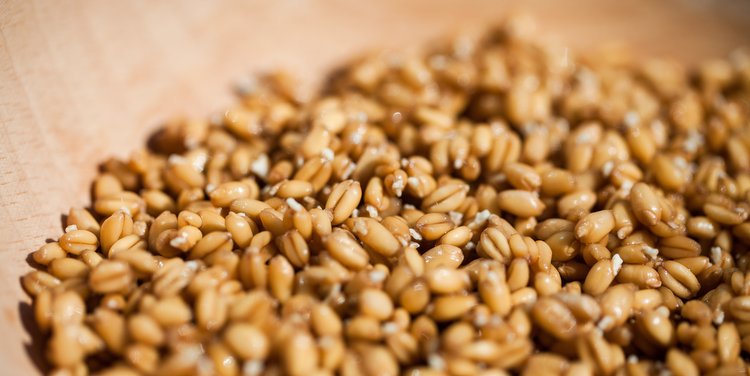The US Department of Agriculture liquidated its last remaining grain reserves back in 2008, but with a drought in the west and grain prices rising some have suggested bringing the program back. The suggestion is that a Strategic Grain Reserve would help control costs, as well as ensuring food was stockpiled in case of an emergency.
The grain reserve began back in the 1930’s, after Wall Street “legend” Benjamin Graham came up with the idea to control bread prices. When grain prices reached a threshold, reserves would flood the market to increase supplies and lower prices. When prices got too low, reserves would fill with grain to increase demand and prop up grain prices.
Grain prices are once again climbing thanks to a drought across the West. An article by Frederick Kaufman in the New York Times back in 2012 called for the reintroduction of the reserve to provide a safety net, and compared it to the federal oil reserve.
The oil reserve ensures market stability while also retaining enough oil to supply the entire country with almost two months worth of fuel.
A recent article by Michael Snyder suggests that this last point — the safety net — could be the most important. Snyder points to a variety of recent environmental problems in the US, suggesting that a stockpile of grains could become a necessity we will wish we hadn’t overlooked.
Agricultural commodities had been riding high since the early 2000s, with new demand from developing countries. But with growth slowing in emerging markets, the time seems ripe for a new Strategic Grain Reserve.
Like or Share if you think the lack of a Strategic Grain Reserve could be a dangerous oversight on the part of the government.


